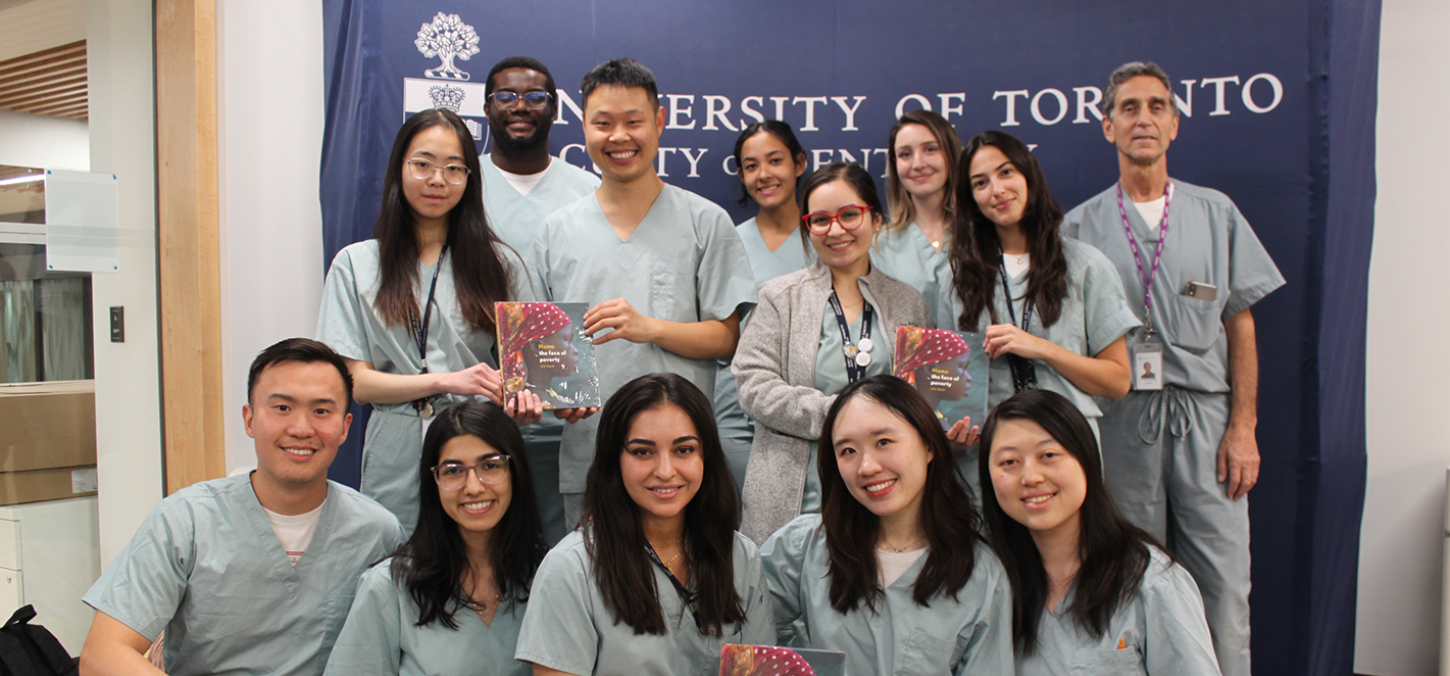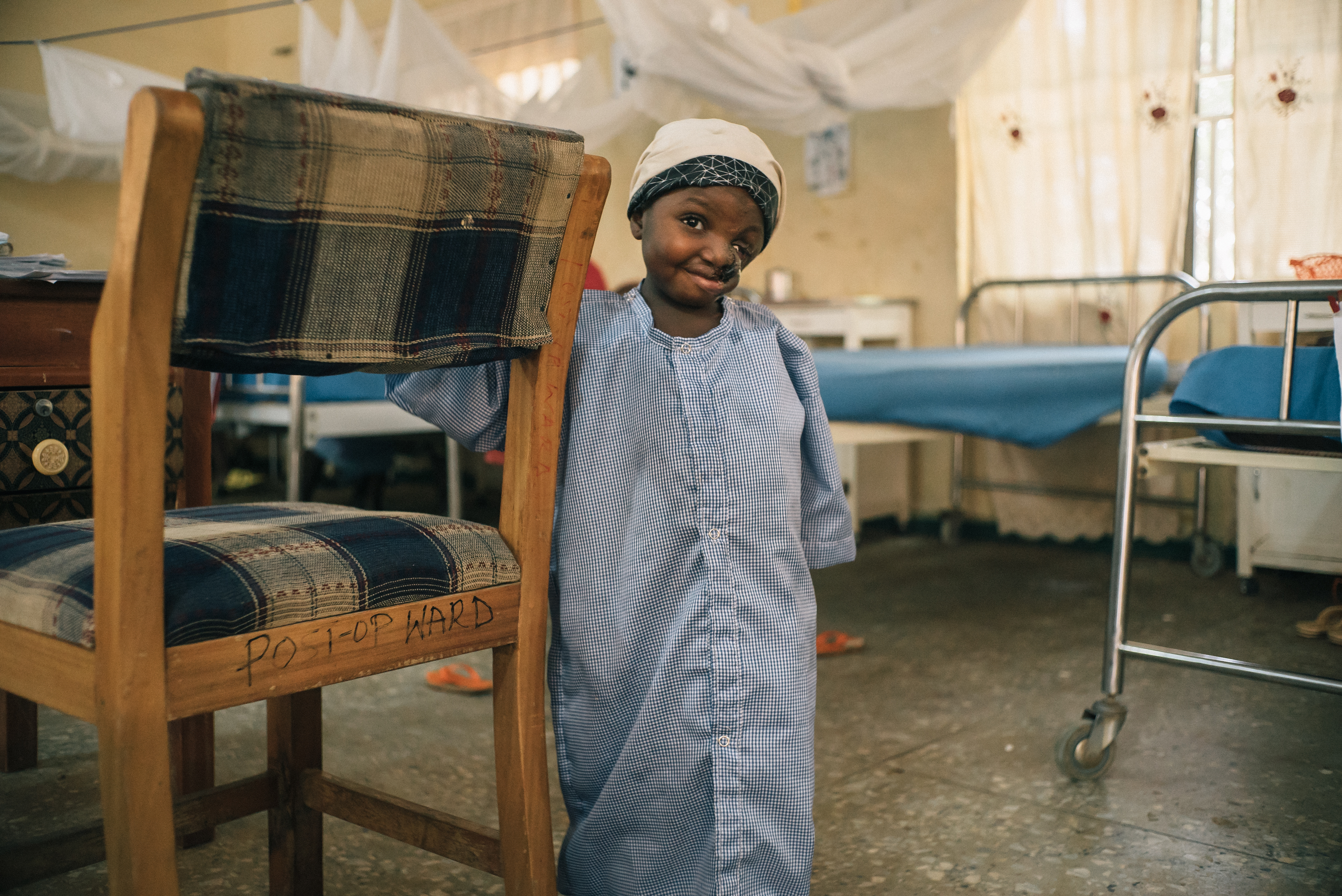
Faculty of Dentistry’s efforts help propel neglected disease onto WHO list
By Rachel Boutet
The Faculty of Dentistry played an instrumental role in the recent inclusion of noma on the World Health Organization’s official list of neglected tropical diseases. This decision will have an enormous impact on future global efforts to control the disease.
Noma, which occurs when bacteria and microbes quickly destroy facial bones and tissues, is a preventable disease. It typically affects young children in impoverished communities and leads to severe facial disfigurements and often death, with a mortality rate of up to 90 per cent. The Faculty has been advocating for this status of noma on the neglected tropical diseases (NTDs) list for the past few years.
“Seeing noma for the first time was life altering,” says Joel Rosenbloom, director of student life and assistant professor, teaching stream, at the Faculty. “I felt a deep sense of embarrassment to be a member of humanity, knowing that noma exists and that we ignored it for so long.”
This experience that helped drive Rosenbloom in his work with dentistry students, forming the Noma Action Group (NAG) in 2020. NAG played a pivotal role in the international campaign to have noma listed as an NTD, which will, according to the World Health Organization (WHO), “amplify global awareness, catalyse research, stimulate funding, and boost efforts to control the disease through multisectoral and multi-pronged approaches.”

Sakina, 4, has had many visits to the noma hospital since 2013. She has already been through two stages of surgery. (© Claire Jeantet - Fabrice Catérini / Inediz)
The road to the NTD list wasn’t an easy one – Rosenbloom and former dean Dan Haas encouraged Canada’s Minister of Health to write a letter to support the Nigerian Dossier for noma inclusion. This letter was instrumental in laying the groundwork to influence other ministers around the world to do the same, and as a result, there are now 32 letters of support globally.
This is an example of the power of advocacy and I am beyond proud of the Faculty’s role in this achievement
Over the past few years, NAG has held multiple noma events including lectures and guest speakers not only at U of T but at numerous dental schools across Canada. NAG chapters are now forming at the Schulich School of Medicine and Dentistry, the University of British Columbia, the University of Manitoba, and Dalhousie University.
“This is an example of the power of advocacy and I am beyond proud of the Faculty’s role in this achievement,” says Rosenbloom. “The effort by a group of dental students with one professorial support has helped lead to a result that could ultimately change the lives of the poorest and most vulnerable children on the planet.”
Rosenbloom notes that it is ultimately the vote at the World Health Assembly which will determine next steps and specific accountabilities, hopefully including increasing awareness, funding and supporting those affected by noma.
“The fight is not over,” he says. “But I am very hopeful. This literally has the ability to change the world. It’s the first step toward eradicating this disease.”
Read more about the Faculty’s noma efforts here:
Advocating for a neglected disease
How one group’s voice is making a global impact
Dentistry professor writes award-winning story
Top photo: NAG team pictured front to back, left to right: Andrew Seto, Riya George, Hartirath Brar, Ocarina Zheng, Athena Zhao, Hellen Huang, Ken He, Zoha Anjum, Camryn Rohringer, Ifeanyichukwu Ezeliorah, Cassandra Collins, Shirin Esfahani, Joel Rosenbloom. Absent: Sharon Yoon (Photo credit: James Long)